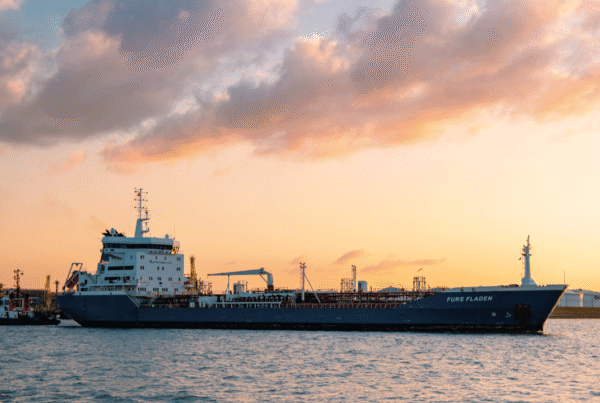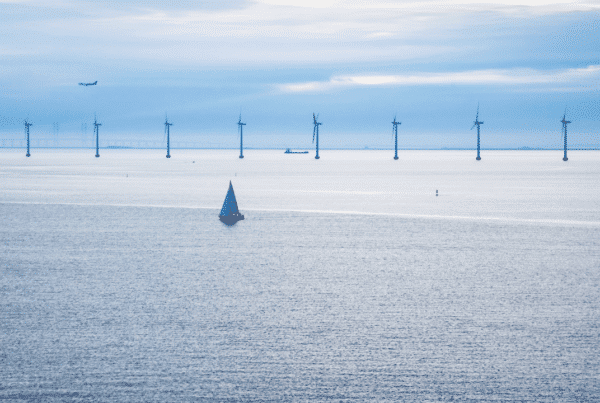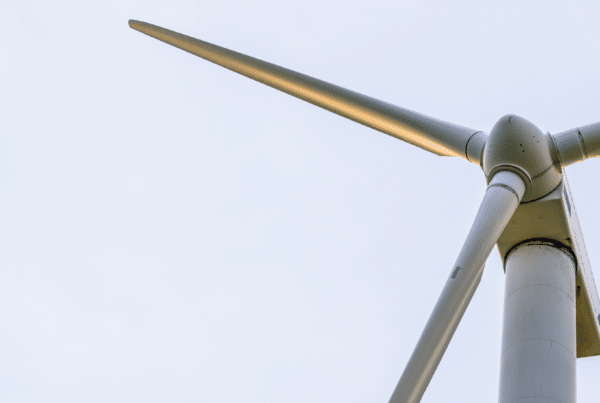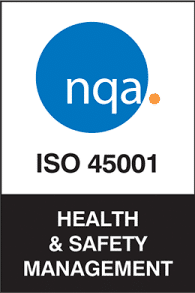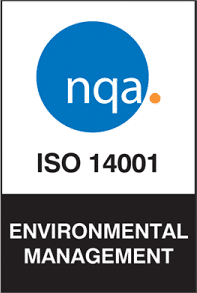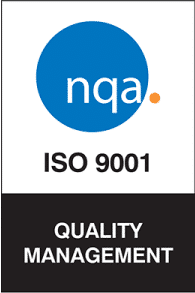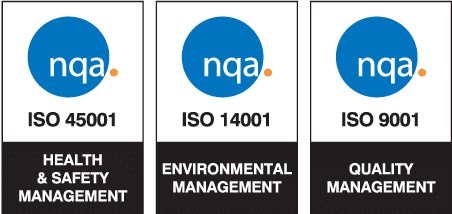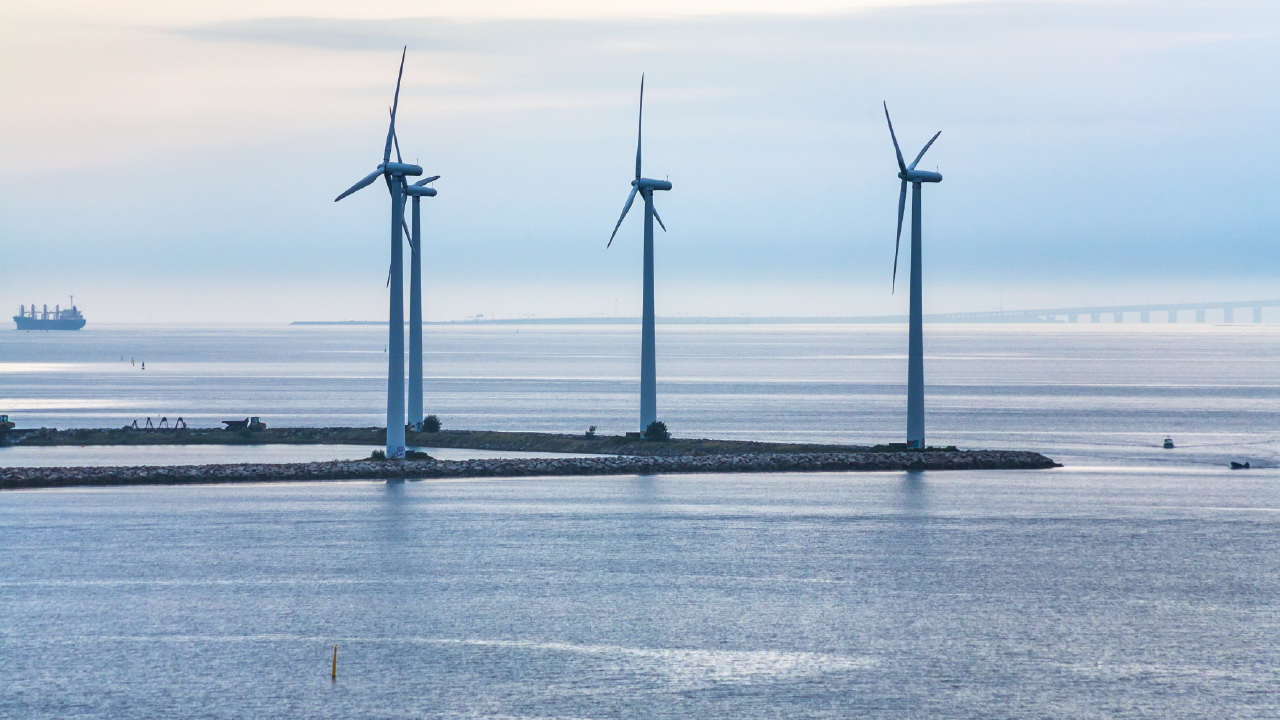
A wind turbine, or wind turbine or wind generator, is a device that converts the kinetic energy of the wind (a natural and renewable source) into electricity. While a fan has to use electricity to create the wind, the wind turbine does the opposite effect: using the wind to generate electricity.d.
A wind turbine consists of several essential parts that work together to convert wind into electricity. The most visible component is the rotor, usually equipped with three blades aerodynamically designed to capture as much wind as possible. As the wind moves the blades, they turn the rotor, converting the wind’s kinetic energy into mechanical energy.
The rotor is connected to a low-speed shaft, which transfers this mechanical energy to a multiplier. This device increases the rotational speed, allowing the generator to operate efficiently. The generator, in turn, converts mechanical energy into electrical energy through electromagnetic induction.
The tower supports the rotor and generator at a considerable height, where the wind is strongest and most constant. In addition, wind turbines are equipped with control systems that optimise rotor orientation and speed to maximise efficiency and protect the equipment during excessive wind conditions. Some wind turbines include a yaw system that turns the rotor to always face the wind, ensuring optimal energy harvesting.
What is the process of generating electricity using wind turbines? It starts with the wind moving the rotor blades, which converts the kinetic energy of the wind into mechanical energy. This energy is transferred through the low-speed shaft to the gearbox, which increases the rotational speed before sending it to the generator. The generator finally converts this mechanical energy into electricity. The electricity generated is then sent to a substation and, from there, distributed to the grid for consumption.
Wind energy has many advantages. First, it is a sustainable energy source, as wind is inexhaustible. In addition, it does not produce greenhouse gas emissions or other pollutants during electricity generation, contributing significantly to the reduction of the carbon footprint. Wind energy also helps to reduce dependence on fossil fuels, diversifying the energy matrix and increasing energy security. And not only that, although they are fixed in place, wind power plants do not take up space. Precisely because they are developed at height.
Despite its many advantages, wind energy faces certain challenges. One of the main ones is intermittency, as power generation depends on the availability of wind, which can be variable. In addition, wind turbines can have a visual impact on the landscape and produce noise, which sometimes generates local opposition.
Compared to other energy sources, wind energy represents a mature technology. However, there are some aspects that are still being worked on, mainly to improve some specific characteristics of the operation of this technology. Nevertheless, the benefits are significant, and its role in emissions reduction and energy diversification is crucial. As technologies continue to advance, wind energy promises to be a viable and effective solution to the energy and environmental challenges of the 21st century.
——————————————–
Find out more news about the renewable energy sector on the Univergy Solar blog.

